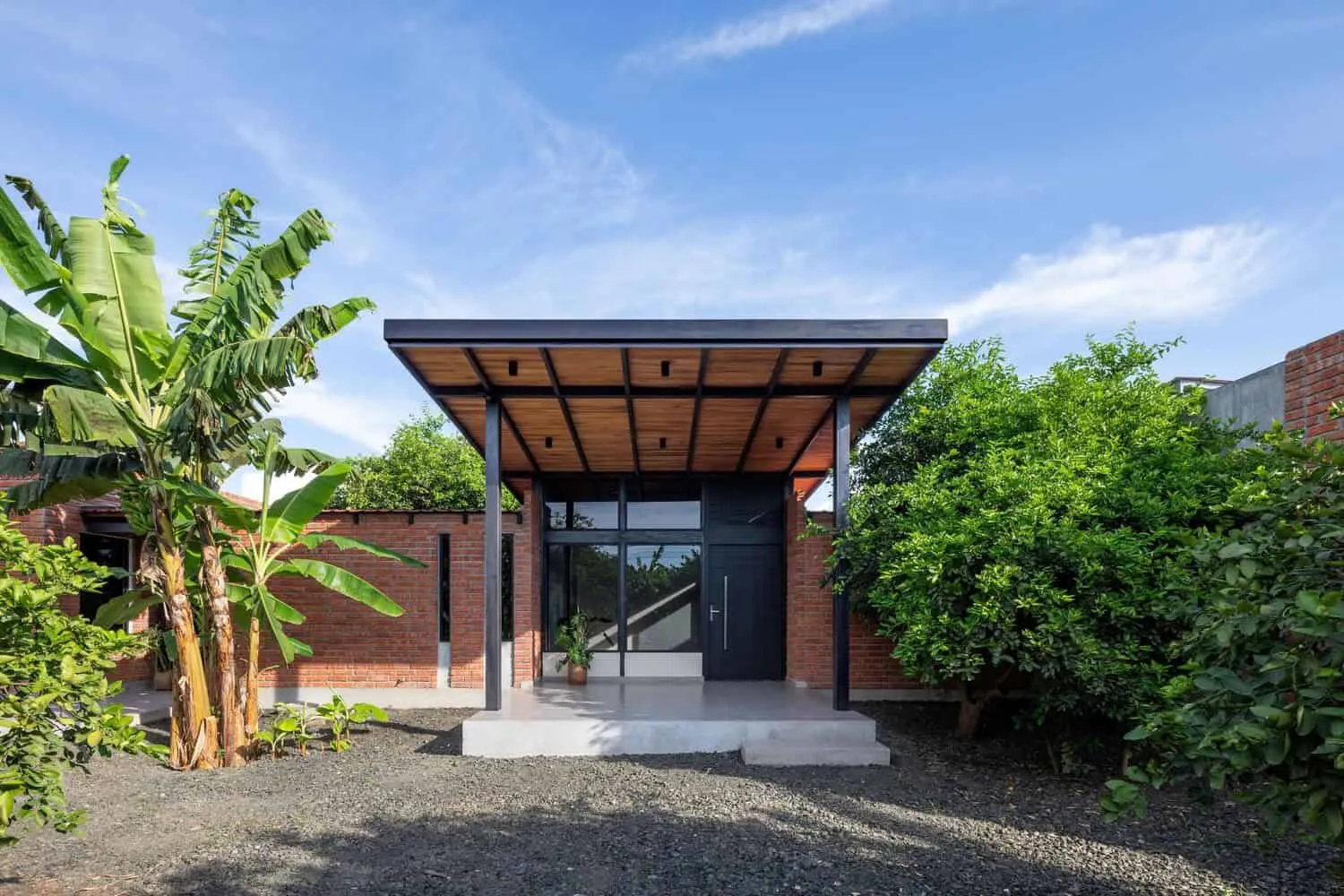There can be your advertisement
300x150
Main Information About Water Supply Main Lines
Water reaches homes, apartments and business facilities through a complex network of underground pipes. This system consists of many components designed to ensure safe and reliable water delivery instantly. Within this complex system, the water supply main line stands out as a key element, whose importance is highlighted by serious disruptions that can be caused by a break. Water supply main lines, as a fundamental part of urban infrastructure, have undergone a long evolutionary path, transitioning from wood to copper and then to ductile iron. This evolution reflects continuous improvements aimed at meeting the requirements of modern water supply systems. Introducing new services for water supply main lines is crucial in this process, enhancing the efficiency and reliability of water distribution. Dive deeper into the role of the water supply main line and its critical importance for ensuring a safe and efficient water supply system.
Water reaches homes, apartments and business facilities through a complex network of underground pipes. This system consists of many components designed to ensure safe and reliable water delivery instantly. Within this complex system, the water supply main line stands out as a key element, whose importance is highlighted by serious disruptions that can be caused by a break.
Water supply main lines, as a fundamental part of urban infrastructure, have undergone a long evolutionary path, transitioning from wood to copper and then to ductile iron. This evolution reflects continuous improvements aimed at meeting the requirements of modern water supply systems. Introducing new services for water supply main lines is crucial in this process, enhancing the efficiency and reliability of water distribution. Dive deeper into the role of the water supply main line and its critical importance for ensuring a safe and efficient water supply system.

Understanding the Water Supply Main Line
The water supply main line serves as the primary channel within the underground urban water supply system, acting as a critical pathway through which water is directed to secondary lines that provide water to both residential and commercial establishments as well as individual homes and any other buildings requiring potable water.
Imagine the water supply main line as the main artery of the system, vital for distributing water to smaller pipes leading to various buildings.
Main Function
The water supply main line is a significant underground pipe designed to carry the flow of water to numerous smaller connecting pipes. These smaller channels spread throughout various buildings, including residential and commercial spaces, ensuring water supply. Although the main lines are managed by municipal or city authorities, the connecting smaller pipes are maintained by private organizations and property owners. Safety is enhanced with shutoff valves installed both at the connection to the main line and on smaller pipelines.
The primary role of water supply mains is to transport treated water from the municipal water treatment plant to consumers. Essentially, water supply mains represent a transportation network that distributes water from one source to multiple destinations.
Placement
Usually located underground as part of the subterranean system, water supply main lines typically run under roads or streets just before the buildings they serve.
Construction Materials
The primary composition of water supply pipes consists of metals such as ductile iron, steel, copper or other corrosion-resistant alloys. However, materials like clay, concrete, PVC or fiberglass are also used. The choice of material is critical since the strength and reliability of the main line are essential to prevent catastrophic failures and ensure long-term maintenance.
Historically, ductile iron mains showed a tendency toward brittleness, often cracking due to insufficient flexibility during temperature changes. Currently, such mains are gradually being phased out in favor of more flexible and robust materials like ductile iron or synthetic options such as high-density polyethylene (HDPE) and polyvinyl chloride (PVC), known for their resistance to damage and wear.
Installation Process
Installing water supply mains is a task that can only be performed by professional companies specializing in this field. Attempts to install without proper knowledge may lead to serious consequences, including flooding and widespread damage from a rupture. A typical process for installing a water supply main line includes:
- Digging a trench for pipe laying.
- Determining the trench depth, depending on factors such as traffic volume, local climate and regulatory standards.
- Choosing the trench width to ensure safety and sufficient space for accurate installation of connections around the pipe.
- Preparing the foundation for placing the pipe.
- Connecting the new section to existing water supply main infrastructure, considering various types of connections.
This process is complex and requires the expertise of experienced specialists.
Factors Causing Damage to Water Supply Main Lines
Water supply main lines are susceptible to damage for various reasons, including:
- Accidental impacts during excavation or construction work.
- Deterioration of pipe material over time.
- Pressure fluctuations caused by thermal expansion or hydraulic shock.
- Ground settling or subsidence.
- Soil conditions conducive to corrosion.
Gravity and Pressure-Based Water Supply Systems
Water supply systems are divided into two main types: gravity-fed and pressure-based systems. In gravity-fed systems, water movement is driven solely by gravitational force, whereas pressure-based systems rely on mechanical pressure generated by pumps to move water. Due to this additional pressure, pressure-based mains can achieve higher flow speeds in smaller diameter pipes compared to gravity-fed systems.
In this context, although elevation plays a role in creating pressure differences—for example, from a high-level water tank to the consumer—the system is not classified as gravity-fed. This is because water must first be pumped to these elevated storage points, indicating dependence on mechanical force rather than just natural gravity.
Historical Perspective of Water Supply Main Lines
Historical records trace the origins of water supply main lines to the Mesopotamian civilization, which manufactured these channels from clay around 2200–1400 BC. The evolution of water supply main line construction has undergone significant stages, especially with the introduction of concrete by the Romans and their innovative use of gravity for water transport.
The emergence of wooden pipes marked the next stage in the development of water supply main lines, although it came with challenges such as rotting and contamination. The transition to ductile iron and other metallic materials signified a new era of reliability in water supply main lines, providing enhanced strength and corrosion resistance.
This history from clay to modern materials reflects the continuous pursuit of more efficient and reliable water supply systems.
Connecting Communities to Water
Water supply main lines are the arteries of urban water systems, linking primary water sources such as treatment plants or recycling centers to a network of smaller pipes extending into various facilities. They deliver clean, potable water directly to end users, fulfilling basic needs.
Beyond serving residential and commercial buildings, water supply main lines play a key role in connecting service lines to the primary flow of water, which is critical for urban development and maintenance. Cities take responsibility for installing and upgrading water supply main lines to meet new developments or replace outdated infrastructure.
In cities where specific regulations govern water and sewer systems, professional expertise in installing and maintaining water supply main lines becomes indispensable. Services including emergency repairs, installation of fire hydrants, as well as addressing larger issues in water supply and sanitation are essential for ensuring uninterrupted urban water delivery.
More articles:
 El Corté House by Plural Arquitectos in Yerba Buena, Argentina
El Corté House by Plural Arquitectos in Yerba Buena, Argentina El Limonar House by Termopolio Arquitectura in Portoviejo, Ecuador
El Limonar House by Termopolio Arquitectura in Portoviejo, Ecuador ELECTRIC AROMA DIFFUSERS FOR HOME
ELECTRIC AROMA DIFFUSERS FOR HOME Elegant and Optimized Bedroom with Wall Lamps
Elegant and Optimized Bedroom with Wall Lamps Elegant Ideas for Bathroom to Transform Your Space
Elegant Ideas for Bathroom to Transform Your Space Elegant Modern Style in a Florence Apartment
Elegant Modern Style in a Florence Apartment Elegant Atmosphere of a Country House in Madrid
Elegant Atmosphere of a Country House in Madrid Elegant Halloween Decoration to Captivate Guests
Elegant Halloween Decoration to Captivate Guests